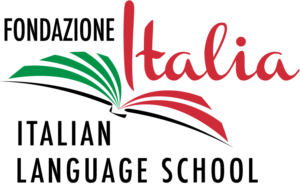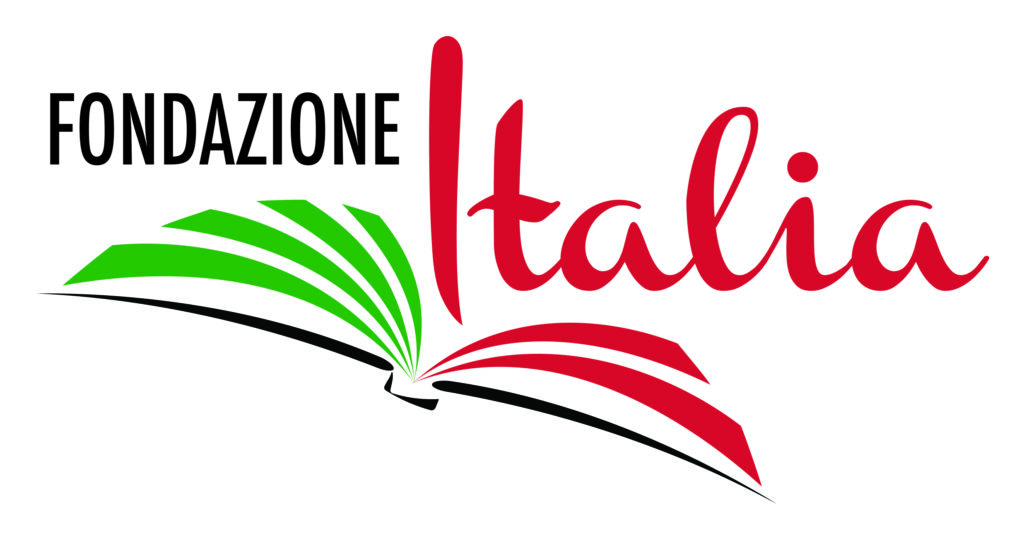The Best Caffé in Rome
- Added
You never see Romans walking around on the street with a coffee cup in their hands. Romans like their coffee fast, strong and burning hot. They’ll pop into bars five or six times a day for a quick cup, gulped down at the counter over some banter with the barista. That’s the philosophy, it’s part of the lifestyle. For an authentic experience, join the masses at the counter. If you are given a cup of water with your espresso it is meant to be sipped BEFORE you drink your espresso as a palate cleanser to fully appreciate the flavor of the coffee. The clink of the ceramic cups and routine of shaking sugar packets and stirring the contents makes you feel so Italian, and one you won’t get from the table. While no coffee is actually grown in Italy, the country is famous for roasting and blending of coffee and for its coffee culture. Coffee was first introduced into Italy in the 16th century. Over the centuries, Italy has developed a deeply ingrained coffee culture with a number of rituals and traditions, and Italy is sometimes referred to as the “spiritual home” of coffee. It was in Italy where espresso was invented in the 19th century. Espresso refers to both the brewing process (forcing a small amount of nearly boiling water under pressure through finely ground coffee beans) as well as the resulting drink.
Top three places to have a caffé in Rome’s historic center:
These are some common drinks that you will find at any café in Italy:
- caffé: a shot of espresso with crema on top – a flavorful froth made when air bubbles combine with the fine-ground coffee’s soluble oils. The strong presence of crema indicates a quality, well-ground coffee and a skilled barista;
- caffé lungo: an espresso shot with more water drained through (generally twice as much as in a typical café);
- caffé ristretto: an espresso shot where less water than normal is allowed to drain through, so it is shorter and tastes stronger and richer;
- caffé americano: expresso shot with hot water added afterward, the most similar to a traditionally brewed drip coffee;
- caffé macchiato: meaning “stained” or “spotted” coffee, this is an espresso with a splash of hot, foamy milk on top. It’s delicious with a bit of sugar;
- caffé latte: espresso shot with a large amount of steamed milk, served in a glass or large cup, similar to an American latte;
- Mocaccino: a shot of espresso with a bit of hot chocolate added
- caffé corretto: a shot of espresso with a splash of liquor added, the liquor used varies but grappa is common;
- shakerato: a shot of espresso that is shaken with ice. Sugar can be added before it is shaken. Usually served in a clear drinking glass, primarily served in summer;
- granita di caffé: iced espresso with cream, it’s served with “panna” (double cream) at the bottom, followed by a coffee, iced and crushed, and topped off with more panna;
- cappuccino: saving the best for last, Italy’s most famous coffee drink is a warm, soothing, perfect ratio of espresso to steamed whole milk, frothed to perfection. Note: you should not order one after noon as Italians believe dairy upsets digestion and therefore deem the drink far too heavy for an afternoon coffee break. You will never see an Italian order a cappuccino after dinner, and they’ll give you very funny looks if you do. If you want to follow unspoken coffee rules and rituals, stick to ordering a cappuccino for breakfast.


